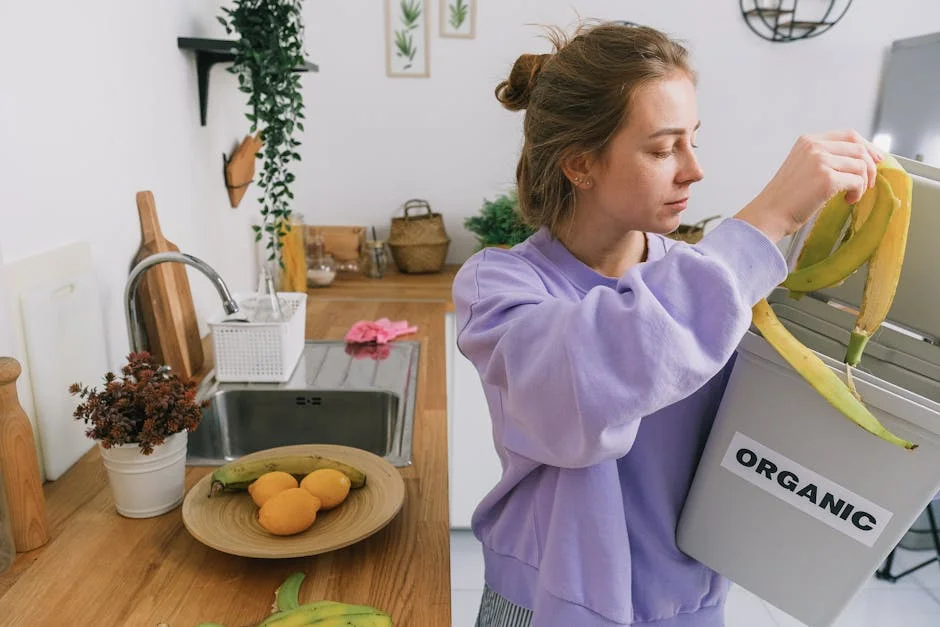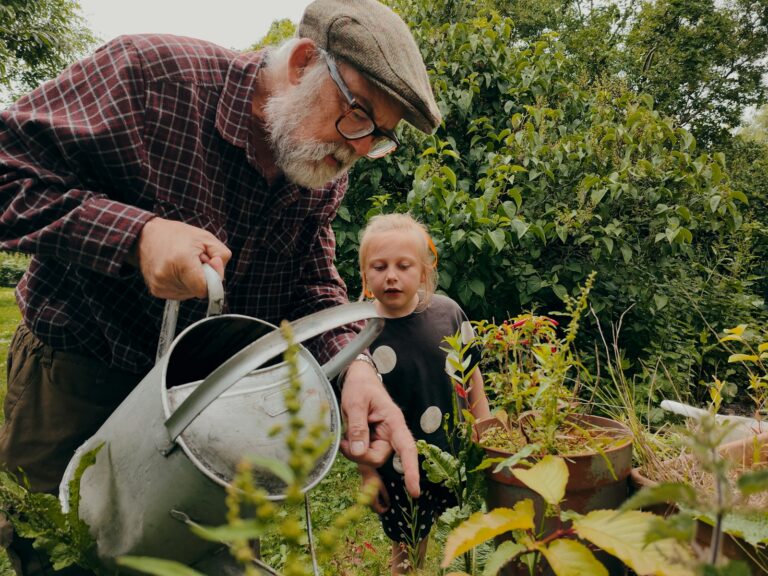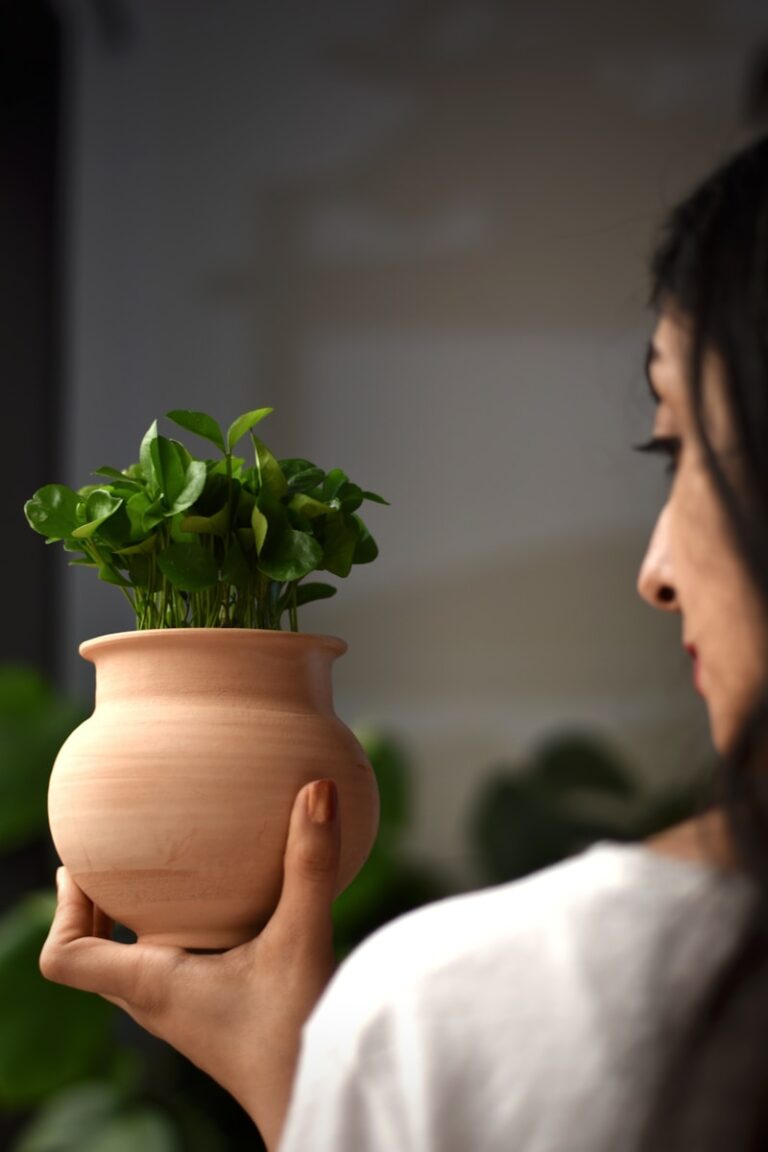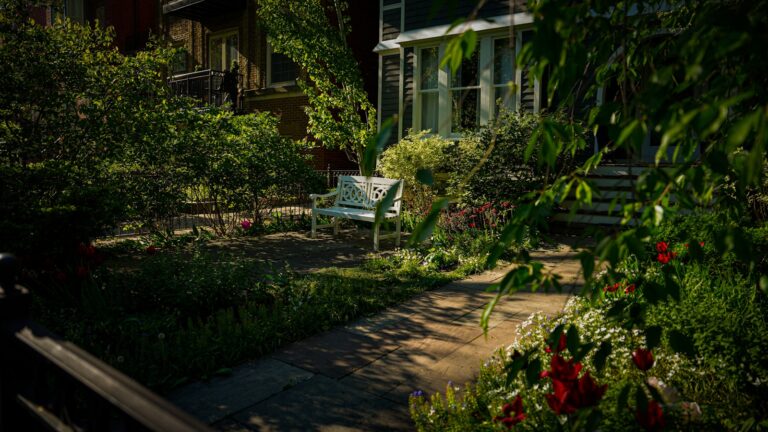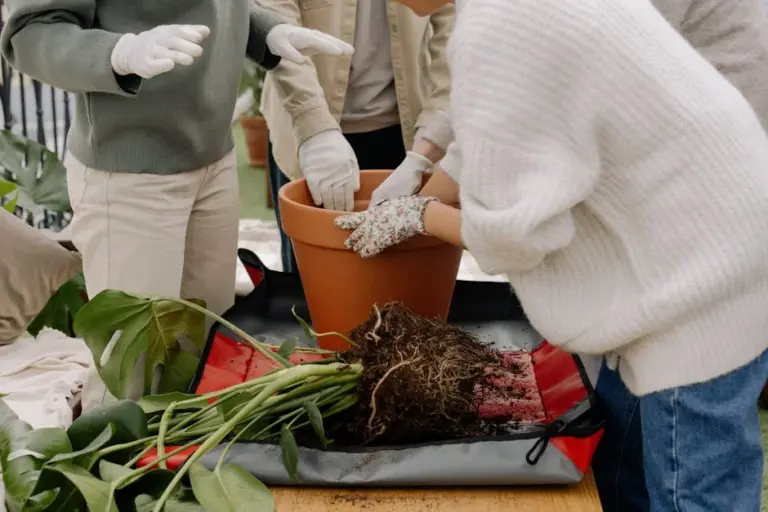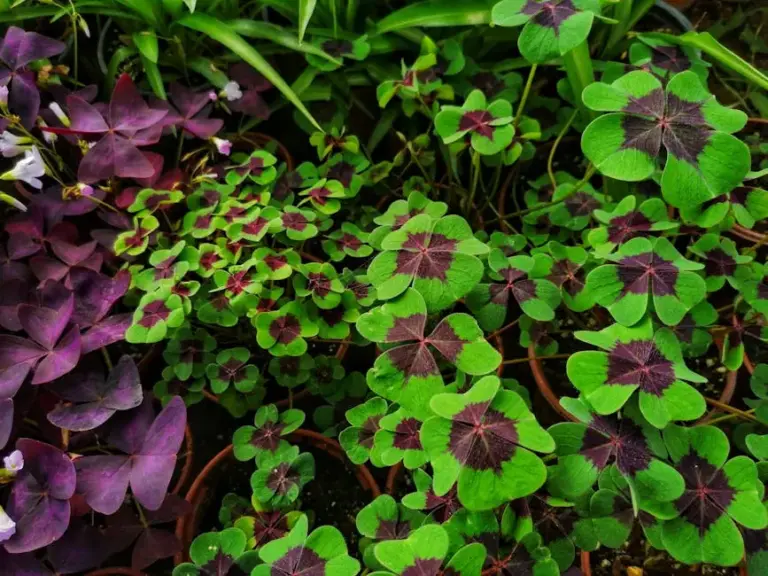How to Start Composting Without a Backyard
If you want to reduce waste and grow healthier plants but don’t have a backyard, composting is still possible. You can easily start composting in small spaces like apartments or balconies using simple methods tailored to your living situation. This helps turn kitchen scraps into nutrient-rich soil without needing a large outdoor area.
Composting without a backyard might seem challenging at first, but many people successfully do it with minimal space and tools. Whether you have a tiny balcony, a windowsill, or just a small corner in your home, there are ways to make composting work for you.
Set up an indoor worm bin with red wigglers
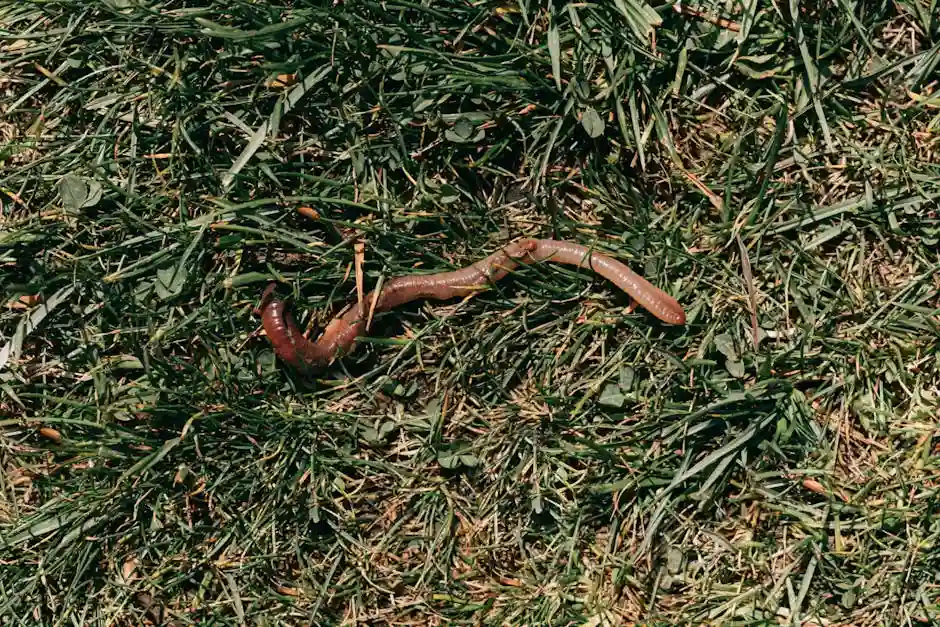
You can start composting indoors by setting up a worm bin with red wigglers. These worms thrive in cool, moist environments, so keep your bin in a shady spot away from direct sunlight.
Use two plastic bins that nest inside each other. Drill small holes in the top bin for ventilation and drainage. Add bedding made from shredded paper, cardboard, or coconut coir, then moisten it lightly.
Add a small handful of red wigglers to the bin. Feed them fruit and vegetable scraps, avoiding meat or dairy. Keep the bedding damp but not soaking wet for healthy worm activity.
Use a Bokashi fermenting bin for quick kitchen scrap fermentation
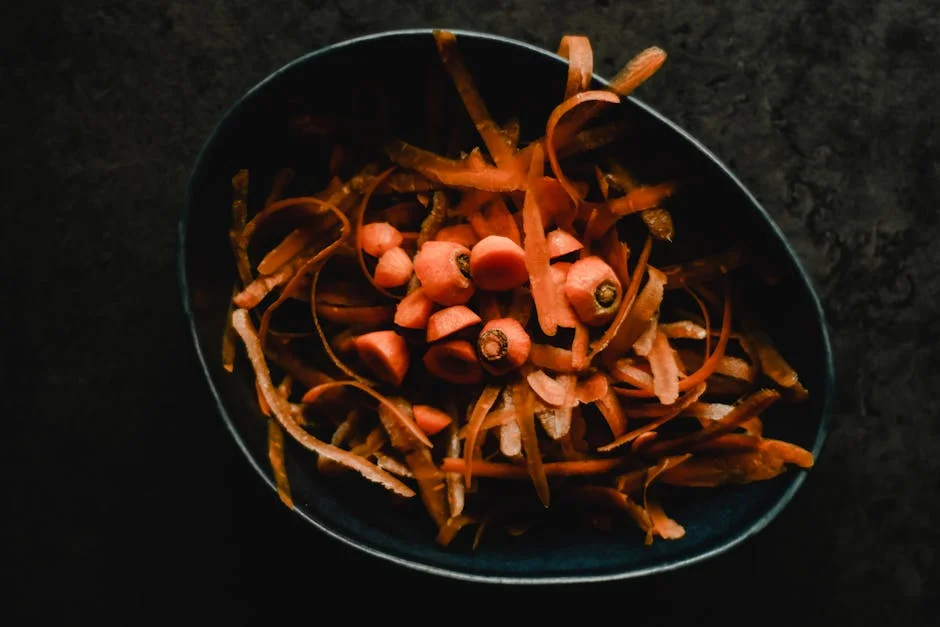
You can use a Bokashi bin to easily ferment your kitchen scraps indoors, even without outdoor space. It works by sealing your waste in an airtight container and adding a special bran that contains beneficial microbes.
This method lets you compost items like meat and dairy, which usually aren’t allowed in traditional compost. The process is fast, taking just a few weeks to turn scraps into nutrient-rich material.
Bokashi composting is odor-free and compact, making it ideal for apartments or small kitchens. After fermentation, you can bury the waste in soil or add it to a regular compost system to finish breaking down.
Try countertop compost containers with charcoal filters to reduce odor
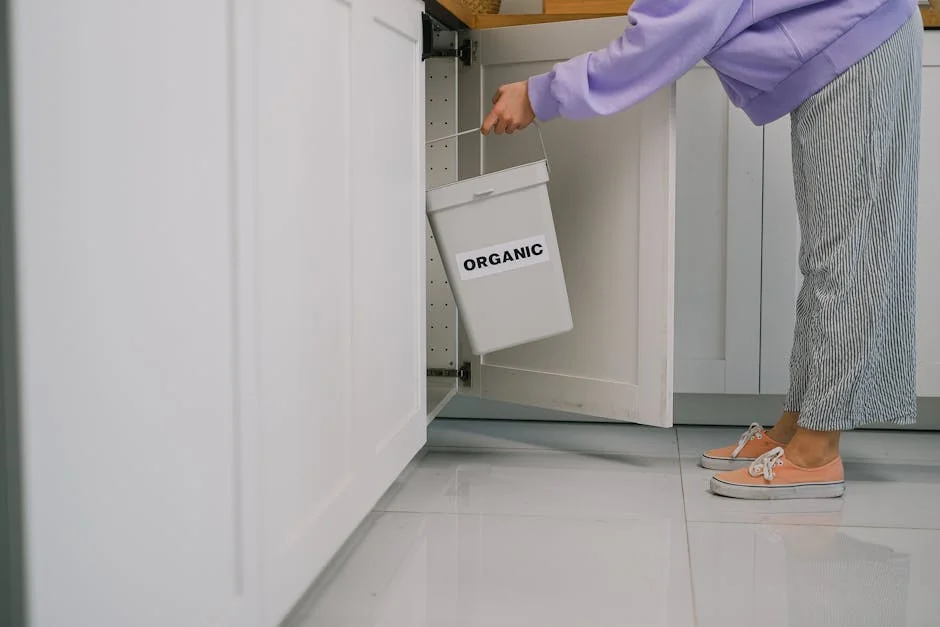
If you don’t have a backyard, countertop compost containers can be a great solution. They’re designed to fit easily on your kitchen counter or under the sink.
Look for bins with charcoal or carbon filters in the lid. These filters help control and reduce unpleasant odors while allowing airflow.
Many options come in compact sizes, so they won’t take up much space. You can keep your compost contained, fresh-smelling, and mess-free as you collect food scraps.
Using one of these bins makes it easier to compost indoors and build good habits without worrying about smells.
Create a layered compost bucket in your kitchen
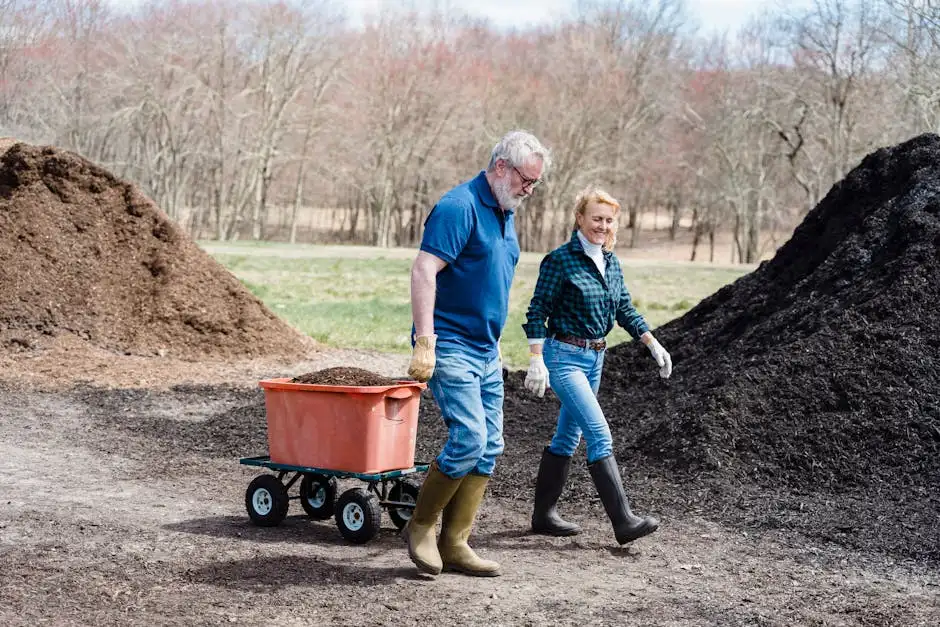
You can start composting right in your kitchen using a simple bucket. Choose a container with a lid to keep odors contained and pests away.
Begin by adding a layer of brown materials like dry leaves or shredded paper. Next, add a layer of green materials such as fruit and vegetable scraps. Alternate these layers to maintain balance.
Make sure to mix or turn the contents every few days to help with airflow. Keep your compost moist but not wet. This method works well in small spaces and helps you recycle kitchen waste efficiently.
Start vermicomposting in a small plastic tote

You can easily set up vermicomposting using a small plastic tote. Choose a bin with a lid and drill small air holes to allow airflow without letting the worms escape.
Add shredded newspaper or cardboard as bedding to keep the environment moist and comfortable for your worms.
Next, add red wiggler worms, which are best for composting kitchen scraps. You can feed them fruit and vegetable scraps, coffee grounds, and eggshells.
Keep the tote in a cool, indoor spot away from direct sunlight. Check moisture levels regularly to make sure it stays damp but not soggy.
Over time, your worms will turn waste into nutrient-rich compost you can use for plants and gardening.
Mix food scraps directly into potted plants as mini compost
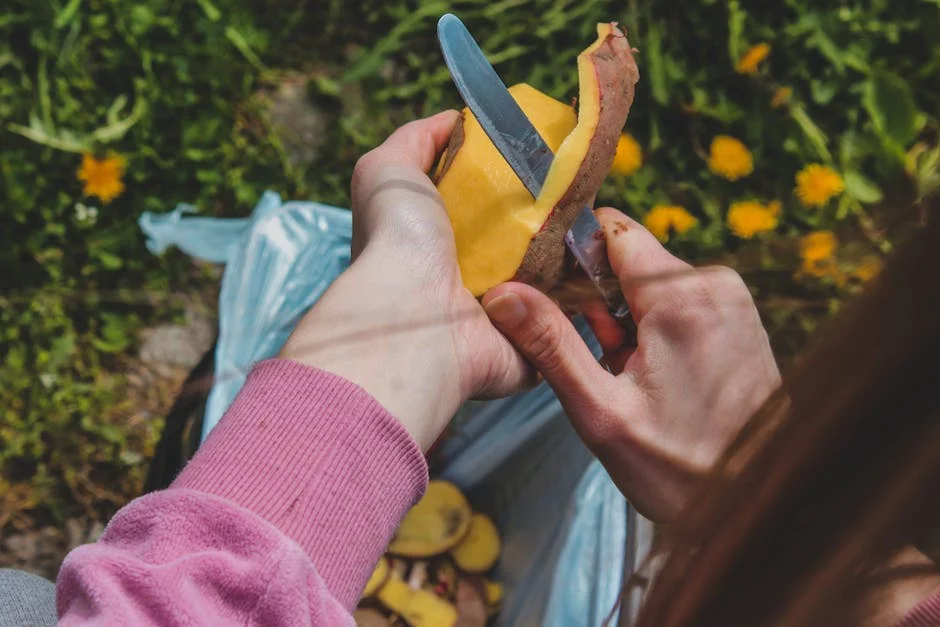
You can turn your potted plants into tiny composting systems by mixing food scraps right into the soil. Start by collecting small amounts of kitchen scraps like vegetable peels or coffee grounds.
Dig a small hole or gently loosen the soil in your pot and add the scraps. Cover them with a bit of soil to help with decomposition and avoid odors.
This method nourishes your plants directly and helps reduce waste without needing extra space. Just be sure not to add too many scraps at once to prevent pests or smell.
Use a DIY compost pouch in your balcony or windowsill
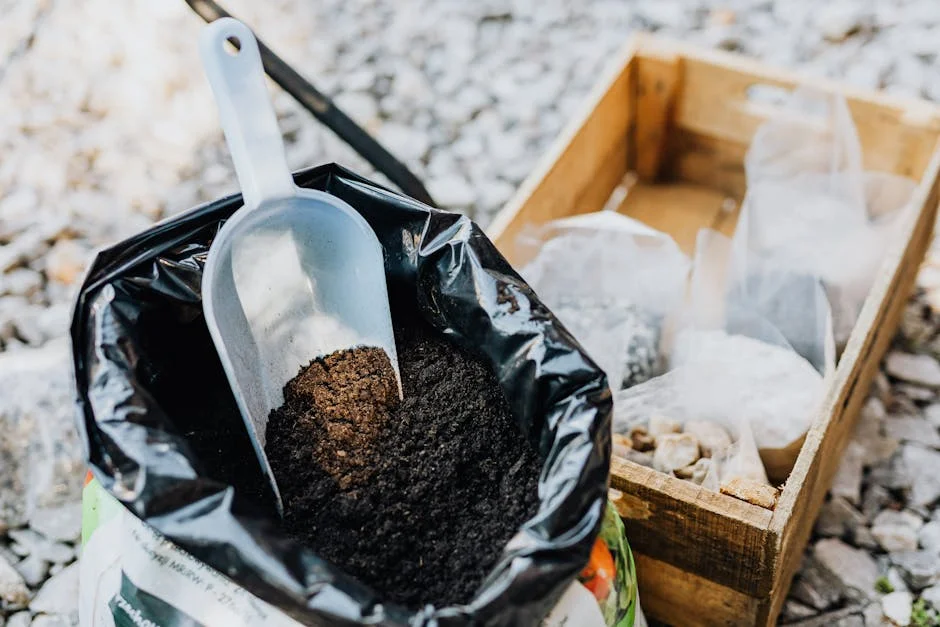
You can start composting even if you don’t have much space by using a DIY compost pouch. These pouches are small, breathable bags that hold your kitchen scraps like fruit peels, coffee grounds, and eggshells.
Place the pouch on your balcony or windowsill where it can get some airflow. Make sure to turn or shake it occasionally to help with decomposition and prevent odors.
This method keeps your compost contained and tidy. It’s a simple way to reduce waste and create nutrient-rich material for your plants without the need for a full compost bin.
Collect coffee grounds and eggshells for indoor composting
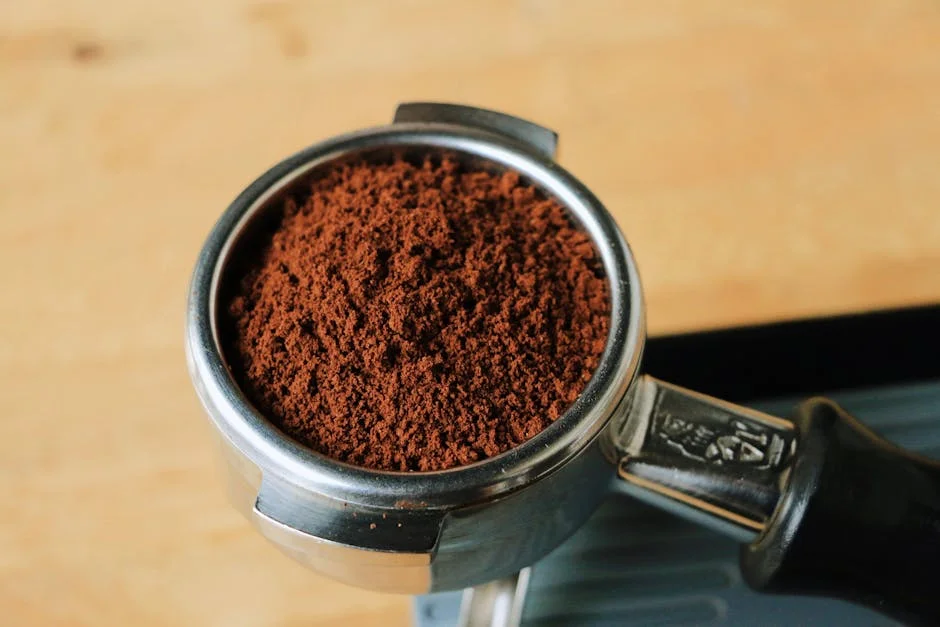
Start by saving your used coffee grounds each day. They are high in nitrogen, which helps keep your compost healthy and balanced. You can collect them in a small container or jar right in your kitchen.
Eggshells add valuable calcium to your compost. Rinse them lightly and crush them before adding to your compost bin. This helps them break down faster.
Both coffee grounds and eggshells are easy to store and use indoors. They mix well with other kitchen scraps and help reduce your waste significantly. Just remember to balance these “greens” and “browns” for best results.
Add shredded paper and cardboard to speed decomposition indoors
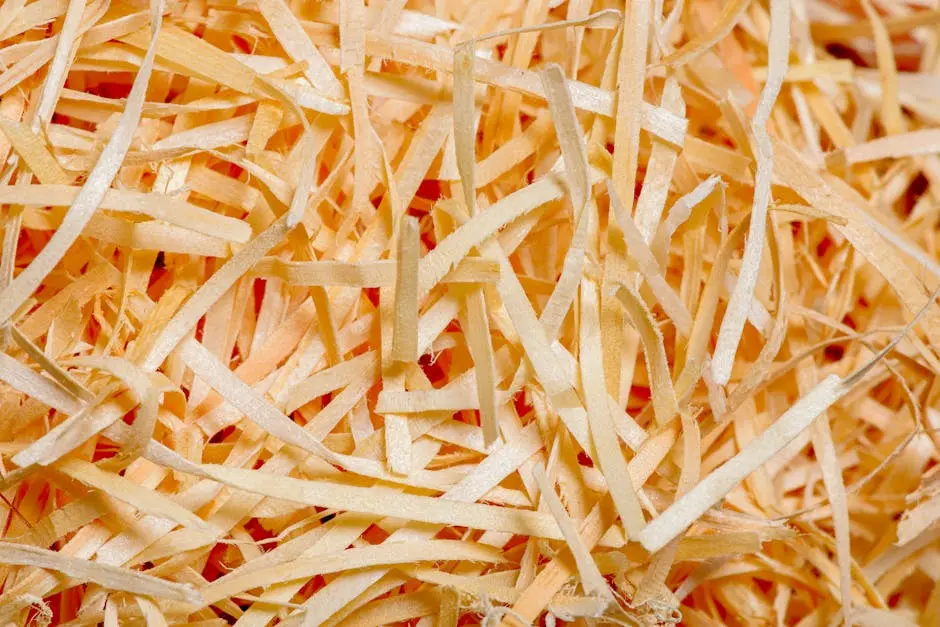
You can use shredded paper and cardboard as brown materials to balance out the green scraps in your indoor compost. These items add carbon, which helps keep the compost healthy and moving along.
Before adding cardboard, shred it into small pieces. This increases surface area and helps it break down faster.
Remove any plastic or glossy coatings to avoid contamination. Also, dampen the paper or cardboard slightly to encourage decomposition.
Mix the shredded material evenly with your food scraps. This helps maintain airflow and prevents odors in your compost bin.
Adding a layer of soil or finished compost on top can also help jumpstart the process indoors.
Use a small electric compost processor like the FoodCycler
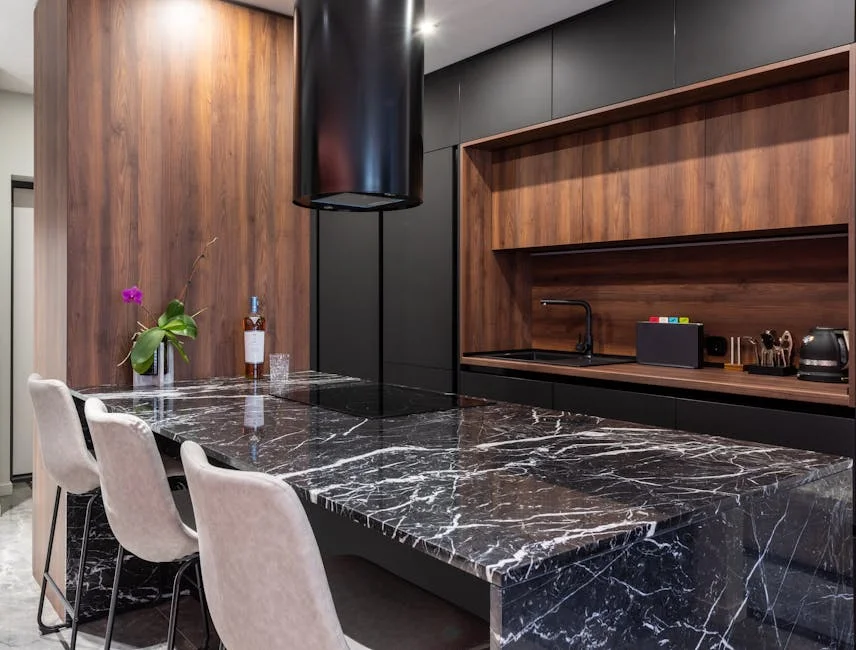
If you don’t have outdoor space, an electric compost processor like the FoodCycler is a great option. It fits easily on your countertop, so you can compost kitchen scraps without needing a backyard.
This device uses heat, moisture, and microorganisms to break down food waste in just a few hours. It handles items like meat and dairy, which are tricky for traditional composting.
Simply add your scraps, press a button, and let the machine do the work. The result is a dry, nutrient-rich product you can use in your plants or add to other compost methods later.

